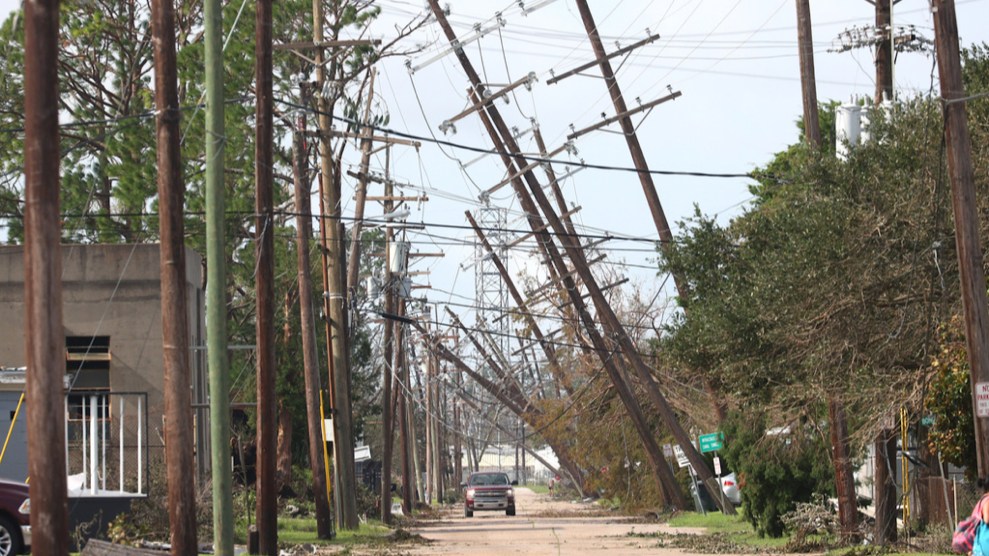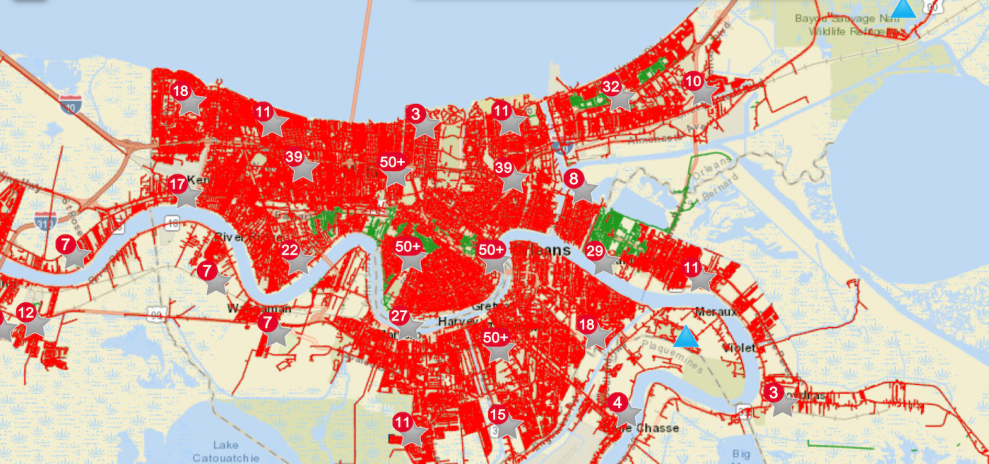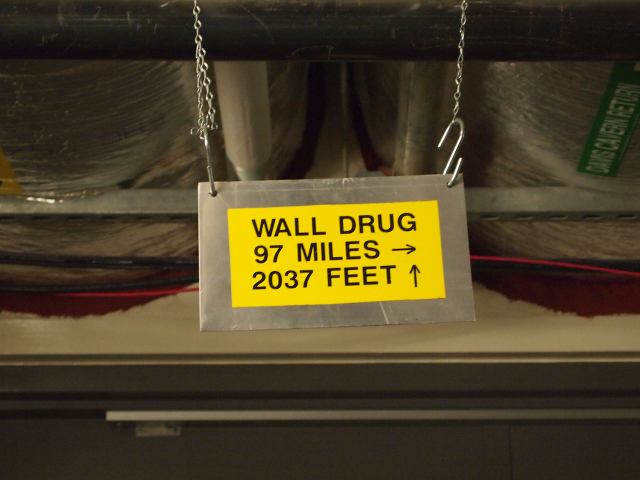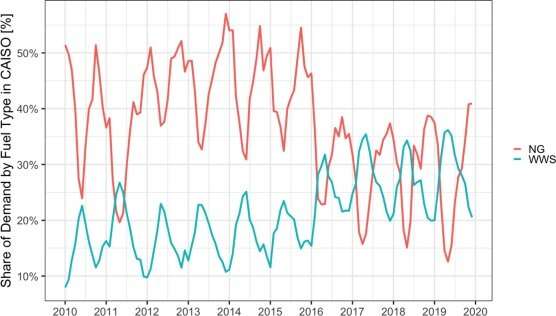By Mindy Weisberger
Feeling blue? That color isn't as common as you may think.

When you look up at the blue sky overhead or gaze across the seemingly endless expanse of a blue ocean, you might think that the color blue is common in nature.
But among all the hues found in rocks, plants and flowers, or in the fur, feathers, scales and skin of animals, blue is surprisingly scarce.
But why is the color blue so rare? The answer stems from the chemistry and physics of how colors are produced — and how we see them.
Related: Why is the sky blue?
We're able to see color because each of our eyes contains between 6 million and 7 million light-sensitive cells called cones. There are three different types of cones in the eye of a person with normal color vision, and each cone type is most sensitive to a particular wavelength of light: red, green or blue. Information from millions of cones reaches our brains as electrical signals that communicate all the types of light reflected by what we see, which is then interpreted as different shades of color.
When we look at a colorful object, such as a sparkling sapphire or a vibrant hydrangea bloom, "the object is absorbing some of the white light that falls onto it; because it's absorbing some of the light, the rest of the light that's reflected has a color," science writer Kai Kupferschmidt, author of "Blue: In Search of Nature's Rarest Color" (The Experiment, 2021), told Live Science.
"When you see a blue flower — for instance, a cornflower — you see the cornflower as blue because it absorbs the red part of the spectrum," Kupferschmidt said. Or to put it another way, the flower appears blue because that color is the part of the spectrum that the blossom rejected, Kupferschmidt wrote in his book, which explores the science and nature of this popular hue
In the book "Blue," writer Kai Kupferschmidt explores the science behind this elusive color. (Image credit: Courtesy of The Experiment)
In the visible spectrum, red has long wavelengths, meaning it is very low-energy compared with other colors. For a flower to appear blue, "it needs to be able to produce a molecule that can absorb very small amounts of energy," in order to absorb the red part of the spectrum, Kupferschmidt said.
Generating such molecules — which are large and complex — is difficult for plants to do, which is why blue flowers are produced by fewer than 10% of the world's nearly 300,000 flowering plant species. One possible driver for the evolution of blue flowers is that blue is highly visible to pollinators such as bees, and producing blue blossoms may benefit plants in ecosystems where competition for pollinators is high, Adrian Dyer, an associate professor and vision scientist at the Royal Melbourne Institute of Technology in Melbourne, Australia, told the Australian Broadcasting Company in 2016.
As for minerals, their crystal structures interact with ions (charged atoms or molecules) to determine which parts of the spectrum are absorbed and which are reflected. The mineral lapis lazuli, which is mined only in Afghanistan and produces the rare blue pigment ultramarine, contains trisulfide ions — three sulfur atoms bound together inside a crystal lattice — that can release or bind a single electron.
"That energy difference is what makes the blue," Kupferschmidt said.

Azurite is a copper carbonate hydroxide mineral known for its deep-blue color. (Image credit: Serge Briez/capmediations/Getty Images)
Blue animals' colors don't come from chemical pigments. Rather, they rely on physics to create a blue appearance. Blue-winged butterflies in the Morpho genus have intricate, layered nanostructures on their wing scales that manipulate layers of light so that some colors cancel each other out and only blue is reflected; a similar effect happens in structures found in the feathers of blue jays (Cyanocitta cristata), the scales of blue tangs (Paracanthurus hepatus) and the flashing rings of venomous blue-ringed octopuses (Hapalochlaena maculosa).
Blue shades in mammals are even rarer than in birds, fish, reptiles and insects. Some whales and dolphins have bluish skin; primates such as golden snub-nosed monkeys (Rhinopithecus roxellana) have blue-skinned faces; and mandrills (Mandrillus sphinx) have blue faces and blue rear ends. But fur — a trait shared by most terrestrial mammals — is never naturally bright blue (at least, not in visible light. Researchers recently found that platypus fur glows in vivid shades of blue and green when exposed to ultraviolet (UV) rays, Live Science previously reported).

The highly venomous blue-ringed octopus. (Image credit: Belive/Getty Images)
"But it takes a lot of work to make this blue, and so the other question becomes: What are the evolutionary reasons to make blue? What's the incentive?" Kupferschmidt said. "The fascinating thing when you dive into these animal worlds is always, who's the recipient of this message and can they see the blue?"
For example, while humans have three light-sensing receptor types in our eyes, birds have a fourth receptor type for sensing UV light. Feathers that appear blue to human eyes "actually reflect even more UV light than blue light," Kupferschmidt explained. By that reasoning, the birds that we call blue tits (Cyanistes caeruleus) "would probably call themselves 'UV tits,' because that's what they would mostly see," he said.
Related: How do dogs see the world?
Because of blue's scarcity in nature, the word for blue was a relative latecomer to languages around the world, appearing after the words for black, white, red and yellow, according to Kupferschmidt.
"One theory for this is that you really only need to name a color once you can dye things — once you can divorce the color from its object. Otherwise, you don't really need the name for the color," he explained. "Dyeing things blue or finding a blue pigment happened really late in most cultures, and you can see that in the linguistics."

Birds' brilliant blue plumage, such as that of Spix's macaws (Cyanopsitta spixii), gets its color not from pigments but from structures in feathers that scatter light. (Image credit: Wera Rodsawang/Getty Images)
RELATED MYSTERIES
—How do we see in color?
—Why do babies' eyes start out blue, then change color?
—Why is the ocean blue?
Blue's rarity meant that people viewed it as a high-status color for thousands of years. Blue has long been associated with the Hindu deity Krishna and with the Christian Virgin Mary, and artists who were famously inspired by blue in nature include Michelangelo, Gauguin, Picasso and Van Gogh, according to the Frontiers in Plant Science study.
"The relative scarcity of blue available in natural pigments likely fueled our fascination," the scientists wrote.
Blue also colors our expressions, appearing in dozens of English idioms: You can work a blue-collar job, swear a blue streak, sink into a blue funk or talk until you're blue in the face, to name just a few. And blue can sometimes mean contradictory things depending on the idiom: "'Blue sky ahead' means a bright future, but 'feeling blue' is being sad," Kupferschmidt said.
Blue’s scarcity in nature may have helped shape our perception of the color and things that appear blue. "With blue, it's like a whole canvas that you can still paint on," Kupferschmidt said. "Maybe because it is rare in nature and maybe because we associate it with things that we can't really touch, like the sky and the sea, it's something that is very open to different associations."
Originally published on Live Science.












